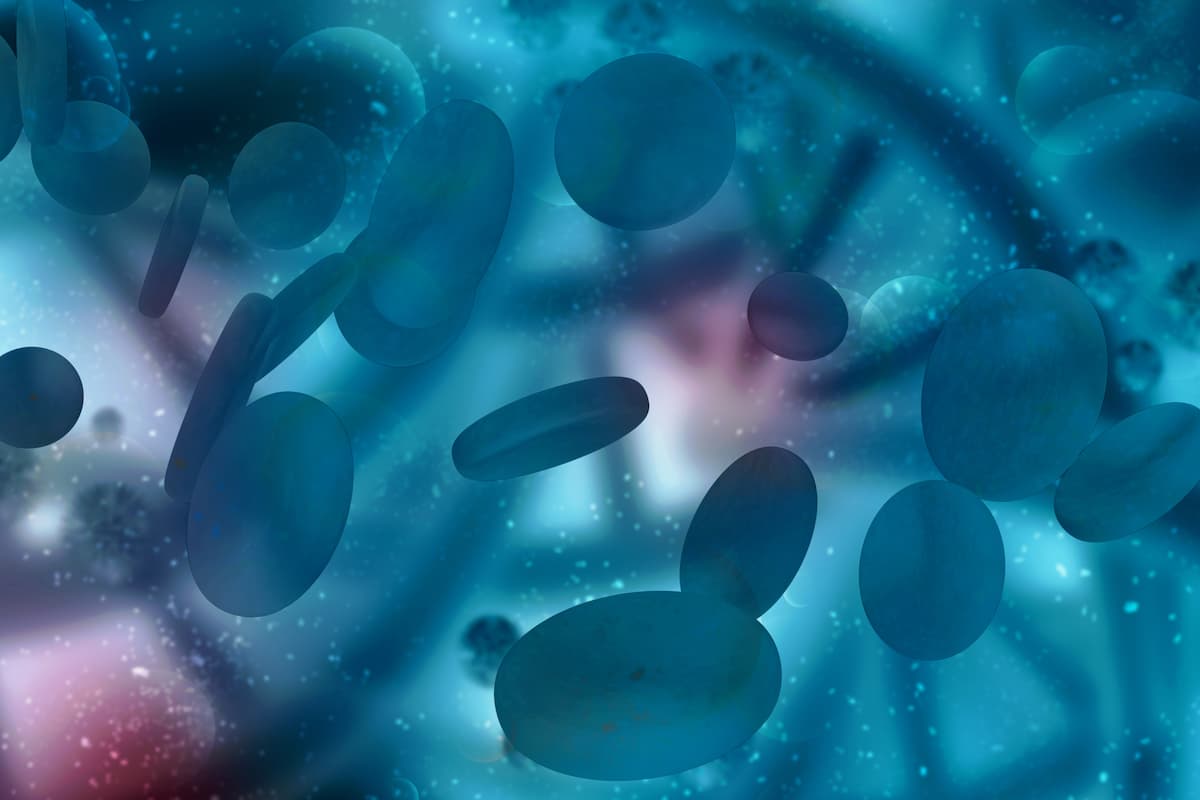Quarterly MRD Monitoring After Daratumumab Allows Relapse Detection in Multiple Myeloma
Results of the PREDATOR-MRD trial found that daratumumab could help predict MRD response for patients with multiple myeloma.
Results of the PREDATOR-MRD trial found that daratumumab could help predict MRD response for patients with multiple myeloma.

The use of daratumumab (Darzalex) to help predict minimal residual disease (MRD) recurrence every 4 months prolonged median time from MRD reappearance to significant paraprotein or clinical relapse and was safe in patients with multiple myeloma, according to results from the PREDATOR-MRD trial (NCT03697655) presented at the European Hematology Association 2025 Congress.
At a median follow-up of 17.9 months (range, 2.6-33.3), the median event-free survival (EFS) was not reached for the treatment arm and was 9.5 months compared with observation (HR, 0.20; 95% CI, 0.05-0.76; P = .0097). The significant paraprotein relapse (SPR)/clinical relapse occurred in 12 patients, with 3 receiving daratumumab and 9 in the observation arm.
Of note, 75% of patients reachieved MRD negativity. During cycle 3, patients 1 to 7 had MRD negativity and patients 8 to 12 had MRD positivity. In cycle 10, 4 patients had MRD negativity, 7 were not assessed, and 1 had progressive disease. In cycle 17, 3 patients had MRD negativity, 5 were not assessed, 2 had progressive disease, and 1 had a time point that was not reached.
“MRD monitoring every 4 months allows detection of MRD relapse before any biochemical progression in 75% of patients,” Krzysztof Jamroziak, MD, PhD, from the Department of Hematology at the Institute of Hematology and Transfusion Medicine in Warsaw in Poland, said during the presentation. “PREDATOR-MRD results can serve as proof of concept for larger trials with novel MRD assessment techniques and therapies.”
Screening occurred for less than 28 days for adults who had multiple myeloma, completed 1 or 2 prior lines of therapy, achieved a complete response with MRD negativity at their most recent appointment, and were not CD38 naive. The MRD reappearance observation phase lasted for 24 months, with MRD assessments every 4 months.
Patients who had MRD positivity without SPR or clinical progression were randomly assigned 1:1 to receive daratumumab at 16 mg/kg intravenously or 1800 mg subcutaneously weekly for 8 weeks, twice weekly for 16 weeks, and monthly for 48 weeks or until SPR or clinical progression. The observation arm required patients to have regular study visits every 4 weeks.
The primary end points were EFS, time from randomization to SPR, clinical relapse, or death. Secondary end points included time from MRD reappearance to SPR or clinical relapse in the control arm, efficacy of daratumumab in the treatment arm, safety, and quality of life. The exploratory end point included MRD-negative rate in the daratumumab arm on day 1 of cycle 3.
For the 54 patients with MRD reappearance observation phase results, 61.1% were women, the median age was 59 years (range, 45-70), and 53.7% had an ECOG performance status of 0. International Staging System (ISS) scores included I (35.2%), II (20.4%), III (22.2%), and missing (21.1%). A total of 51.8% of patients had an MRD-positive rate, 4 patients had concurrent SPR and were excluded, 3 patients had positive immunofixation electrophoresis (IFE), and 21 patients had a pure MRD recurrence. The median time to MRD recurrence was 20.8 months (95% CI, 12.4-23.8).
For those in the randomly assigned treatment (n = 12) and the observation (n = 12) arms, 66.7% vs 66.7%, respectively, were women, the median ages were 57 (range, 44-68) and 63 years (range, 47-70), and the majority had an ECOG performance status of 1 (33.3% vs 75.0%). ISS scores included I (25.0% vs 33.3%), II (25.0% vs 33.3%), and III (33.3% vs 25.0%). The cytogenetic profile included standard risk (41.7% vs 25.0%) or high risk (25.0% vs 16.7%). The number of prior lines of treatment was 1 in each arm, the median time from diagnosis to random assignment was 36.3 months vs 34.9 months, and the median time from last treatment to random assignment was 26.9 months vs 24.5 months.
In the treatment arm, no patients experienced grade 3 or higher adverse effects (AEs). All hematologic AEs included anemia (8.3%), lymphopenia (8.3%), and neutropenia (8.3%). No hematologic AEs occurred in the observation arm.
The most common nonhematologic AEs included upper respiratory tract infection (50.0% vs 0.0%), urinary tract infection (16.7% vs 8.3%), other infection (25.0% vs 25.0%), musculoskeletal pain (41.7% vs 8.3%), and polyneuropathy (25.0% vs 0.0%).
Of note, daratumumab had no significant effect on the global health score (P = .59).
Reference
Jamroziak K, Kubicki T, Dytfeld D, et al. Daratumumab or observation for minimal residual disease reappearance in multiple myeloma: results from the PREDATOR-MRD randomized trial. Abstract presented at: European Hematology Association 2025 Congress; June 12-15, 2025; Milan, Italy. Abstract S204.